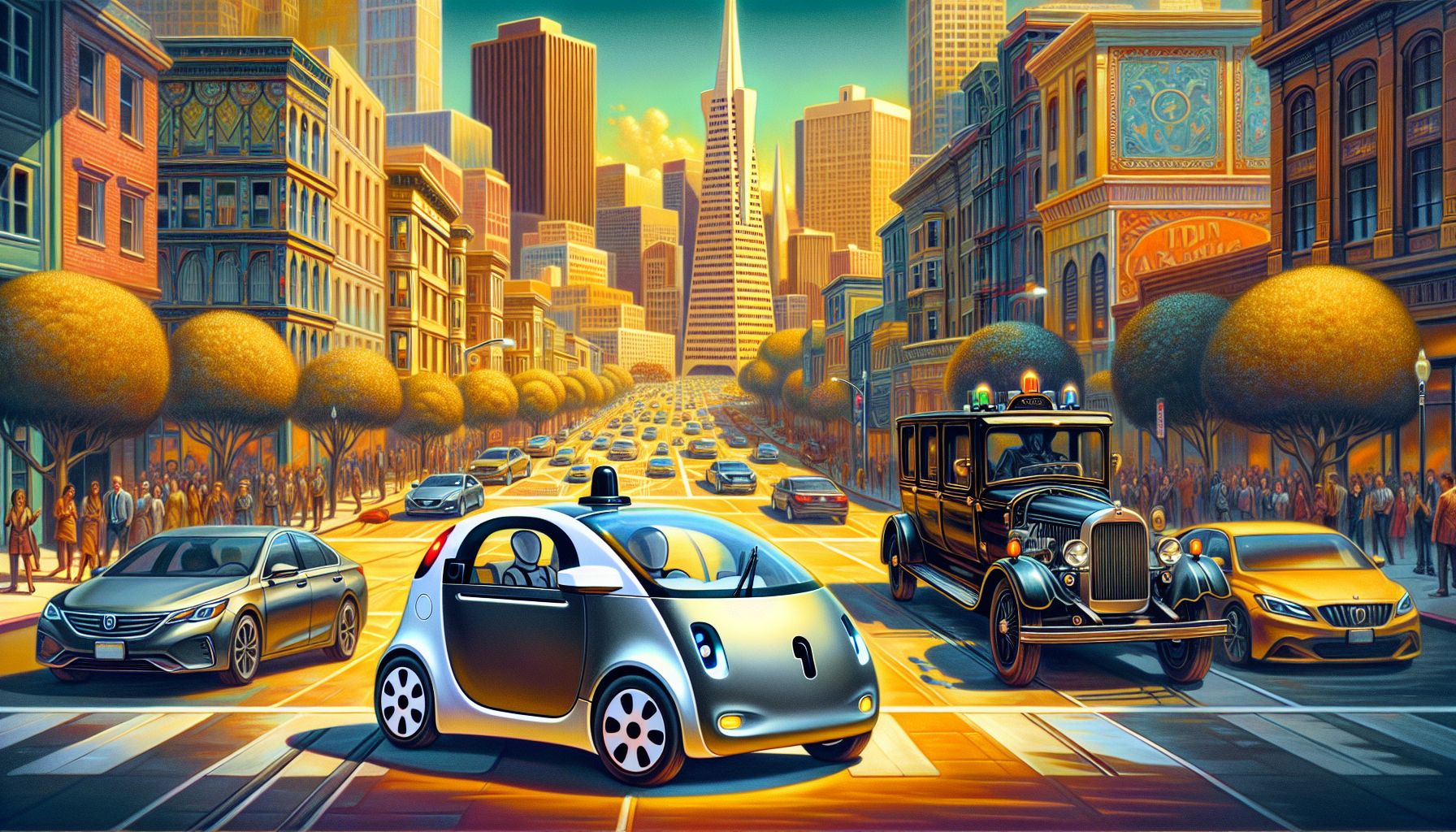Waymo Robotaxi Halts Vice President Harris' Motorcade in San Francisco

San Francisco, Monday, 30 September 2024.
A Waymo autonomous vehicle unexpectedly stopped Vice President Kamala Harris’ motorcade in San Francisco, highlighting the challenges of integrating AI-driven cars into complex urban traffic scenarios. This incident underscores the ongoing development and safety concerns surrounding robotaxi technology in real-world applications.
The Incident: A Closer Look
On her way to the Fairmont Hotel in San Francisco, Vice President Kamala Harris’ motorcade was brought to an unexpected halt by a Waymo robotaxi. The autonomous vehicle, attempting to navigate a turn, found itself stalled in the middle of the motorcade, necessitating police intervention to move it out of the way. This incident, reported by the San Francisco Standard, brought to light the complexities and unpredictabilities inherent in AI-driven vehicle technology[1].
Waymo’s Robotaxi: The Technology and Company
Waymo, a subsidiary of Alphabet Inc., has been at the forefront of autonomous vehicle technology. Based in Mountain View, California, Waymo’s self-driving cars are designed to reduce accidents compared to human drivers by leveraging advanced AI algorithms and extensive sensor arrays. Waymo’s robotaxis are operational in several U.S. cities, including San Francisco, Los Angeles, and Phoenix, where they have reported over 100,000 paid rides weekly[2].
Challenges in AI Integration
Despite the significant advancements, AI-driven vehicles like Waymo’s face challenges in navigating complex urban environments. These scenarios often involve unpredictable variables that are difficult to pre-program into the vehicle’s system. For instance, the robotaxi’s response to an approaching ambulance or, in this case, a high-security motorcade, can result in potentially hazardous situations. The incident with Vice President Harris’ motorcade exemplifies the need for continued refinement in AI decision-making processes[1].
Regulatory and Safety Concerns
The state of California mandates that incidents involving autonomous vehicles must be reported to the Department of Motor Vehicles starting in 2026. Frequent issues could lead to the revocation of operational permits. This regulatory scrutiny underscores the importance of seamless integration of AI technologies in public spaces. Companies like Waymo are continually analyzing data from such incidents to improve their algorithms and prevent future occurrences[1].
The Broader Impact on Autonomous Driving
The incident comes at a crucial time as the autonomous vehicle market is poised for expansion. Tesla, another major player in the robotaxi space, is set to unveil its robotaxi on October 10, 2024, in Los Angeles. Analysts project significant growth for the autonomous vehicle sector, with estimations that robotaxis could account for a substantial portion of urban transportation by 2030. Despite these projections, the technology still faces hurdles, including regulatory approval, public acceptance, and safety validations[2].
Future Prospects and Innovations
Looking forward, the integration of AI in transportation holds immense potential for transforming urban mobility. Companies like Waymo and Tesla are investing heavily in refining their technologies to ensure safer and more efficient autonomous driving solutions. The collaboration between technology firms and government bodies, as seen with Vice President Harris’ involvement, highlights a collective effort to embrace innovation while addressing safety and regulatory challenges. This balance is crucial for the future success of AI-driven transportation systems[3].

